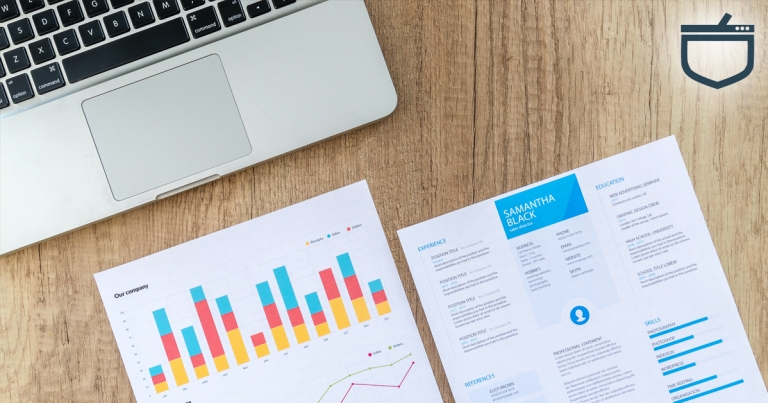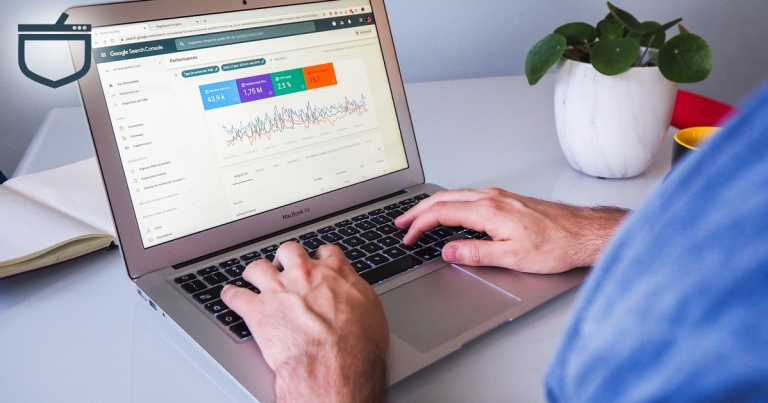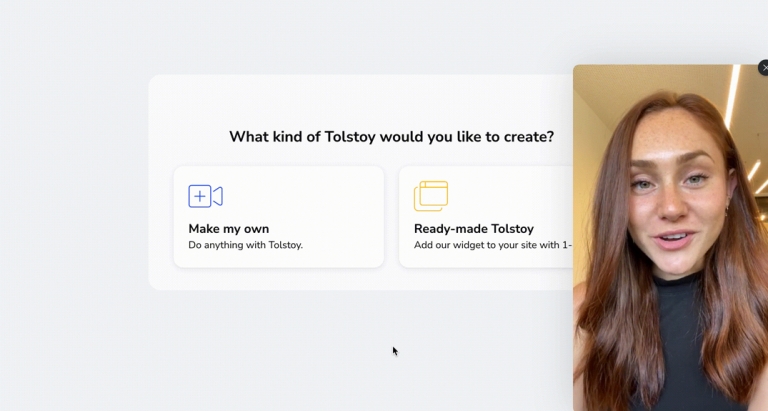9 Ways To Improve Your Website’s Core Web Vitals
With Google announcing that Core Web Vitals will become ranking signal in August, it’s essential for marketers to implement necessary changes now to help ensure they don’t see a ranking drop later this spring.
Google frequently updates its algorithms to provide better user experiences, so it’s important to stay ahead of marketing trends to stay at the top of search engine results.
Before we dive into how you can improve your Core Web Vital scores, it is important to understand what they are and how each measurement affects your website.
What Are Core Web Vitals?
Core Web Vitals are a set of specific metrics that affect the overall user experience of a webpage. These may be related to the responsiveness, visual ability, and speed of your website.
Google has defined Core Web Vitals as three specific page speed and user interaction measurements. These are:
- Largest Contentful Paint (LCP) – the time taken for the main contents of a page to load. An ideal Largest Contentful Paint measurement is 2.5 seconds or faster.
- First Input Delay (FID) – the time it takes for a page to become interactive. An ideal measurement is less than 100 milliseconds.
- Cumulative Layout Shift (CLS) – the amount of unexpected layout shift of visual page content. It measures the visual stability of your website. A CLS measurement of less than 0.1 is ideal.
These factors help website owners to measure the user experience of their web pages in terms of loading speed, visual stability, and interactivity.
Core Web Vitals will be combined with Google’s previous UX–related signals, which include various elements that will determine the overall experience of a webpage:
- Mobile-Friendliness – the ease of use of various websites on mobile devices, including the content readability score and verifying whether links and on-page elements are clickable and accessible or not.
- Safe Browsing – measures whether a website contains security threats such as malware, phishing and hacked content to ensure a safe browsing experience for its users.
- HTTPS – checks whether the connection of a website is safe and secure, verifying an Secure Sockets Layer (SSL) certificate is installed, or not.
- Non-Intrusive Interstitials – makes sure that significant on-page content is not blocked for users as they browse through your website’s pages.
How To Improve Your Website’s Core Web Vitals
Are you confused with Google’s technical terminology? You’re not alone. LCP, FID, and CLS sound confusing but we can gain clarity if we break them down to understand what goes into each measurement. By taking time to understand Core Web Vitals, your website will rank higher in search results.
Large Contentful Paint (LCP)
According to Google, a website must load all essential content of each webpage within 2.5 seconds. The predecessor of LCP was First Contentful Paint (FCP), which measured the time it took for a website to load the first content feature on a webpage.
It has since been replaced by LCP which helps Google determine the time taken to load the most relevant features of a webpage. It calculates the time taken from clicking a web link to seeing most of its contents.
3 ways to improve your LCP score
- Incorporate Lazy Loading – Set up lazy loading which defers loading images until they are supposed to appear on the screen.
- Upgrade Your Web Hosting – If your website’s server isn’t using Solid State Drives (SSDs) or is missing caching abilities, consider moving to a different web hosting provider to speed up your website and improve your LCP score.
- Minify CSS – Minifying your CSS basically compresses it and removes unneeded white space that can sneak up during the development process. Tools like CSS Minifier can do this quickly.
Google categorizes the LCP score into three buckets – good, needs improvement, and poor. Your website must have an LCP score of 2.5 to be considered good.
First Input Delay (FID)
FID measures the time taken by a user to interact with your webpage. It measures interactivity and responsiveness by focusing only on the input events like click and key presses. FID is critical for websites that rely on conversions such as account creation, lead generation, and e-commerce sales.
FID is the first impression of your webpage and the biggest issues are mostly during the initial loading of a website.
An ideal FID is around 100 milliseconds, according to Google. This is because many users are not patient enough to wait for the whole page to load before they can start typing their details and commence their work.
3 ways to improve your FID score
- Browser cache – Try a free plugin like WP-Rocket which can incorporate browser caching in a few clicks. This leverages your visitor’s browser to cache your content.
- Remove Third-Party Javascript – Unnecessary third-party javascript like heatmaps can slow down your website. Remove any snippets that are no longer in use.
- Defer Script Loading – Consider what Javascript snippets are essential and which can be deferred to later in the loading process. Tools like Google Analytics can be invoked after your website’s content is loaded, for example.
Cumulative Layout Shift (CLS)
Cumulative layout shift measures the visual stability of a page while it loads. If the elements of your page shift while the page is loading, then it means your website has a high CLS, which is unfavorable. This usually happens when you’re trying to render unoptimized CSS.
A layout shift refers to changes in the position of visible elements such as a login button or an image; from one frame to another while the webpage is still loading. If your elements change position, then it creates ambiguity among the users who may click on some other button by mistake.
According to Google, a website’s CLS is good if the score is under 0.1.
3 ways to improve your CLS score
- Minimize Your Fonts – It’s fun to include different fonts but have you ever been to a website to notice the font quickly change as it loads? That’s causing a cumulative layout shift and is hurting your Core Web Vitals score. Choose your fonts carefully.
- Set Sizes for Media – Make sure images and video include the size attributes in the HTML tag so the user’s browser knows the exact space the file will take up while loading the page.
- Reserve Space for Advertisements – If your website displays banner ads via networks like Google AdSense, create a default block that loads first (since ads are usually displayed via third-party Javascript).
Additional Improvements to Consider
There are a large number of ranking factors that affect your ranking on Google. Core Web Vitals are simply part of the search giant’s mission to better serve information it indexes on the web.
There are several other easy wins you can make to your website while you’re at it. Consider making these additional improvements:
- Use Higher Quality Images – Using formats like JPEG XR, JPEG 2000, and WebP offer superior quality and compression compared to older versions. This helps to improve the LCP score of your website by making your images load faster (and uses less data for mobile visitors).
- Use Code Splitting – Break down your assets into smaller chunks which will enable faster loading of your website. Smaller chunks of data improve the FID and LCP score of your website.
- Fall Back Approach – Fonts play an important role in affecting your score and the loading speed of your webpage. It may take a longer time for the browser to load your custom font, which causes a delay in the time it takes to render your page. Therefore, having a fallback approach by loading your fonts with the default fonts supported by the browser improves your FID score and results in a better user experience. Do this in conjunction with minimizing the number of fonts used.
It is recommended that you start incorporating Core Web Vitals into your SEO strategy sooner rather than later to avoid a drop in your website’s ranking due to poor user experience.
By optimizing your website and staying on top of Google’s ever-changing best practices, you not only enhance your website’s performance and user experience but also boost your organic rankings. This means you gain an edge over other websites.
Your website’s ultimate goal should be to provide the best experience for its users and it can be achieved by implementing these suggested methods to improve your Core Web Vital scores.





